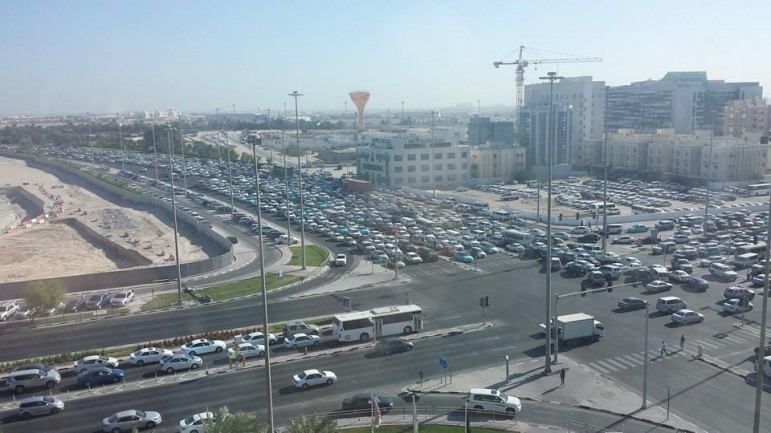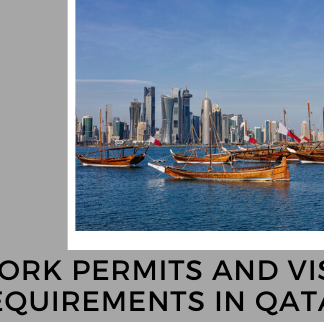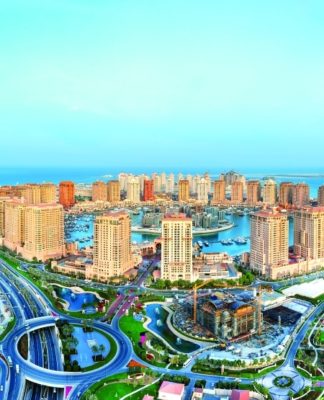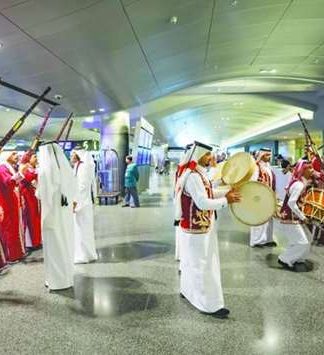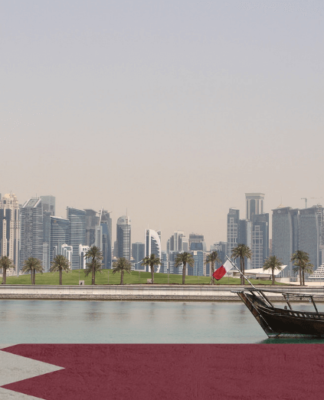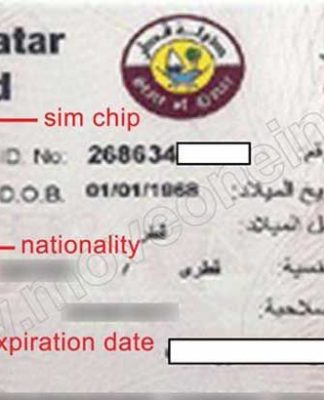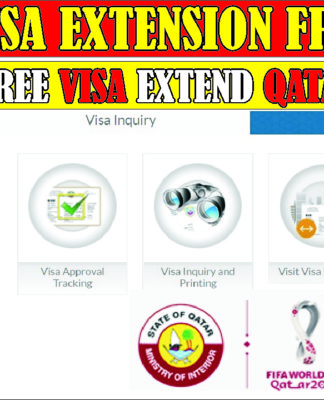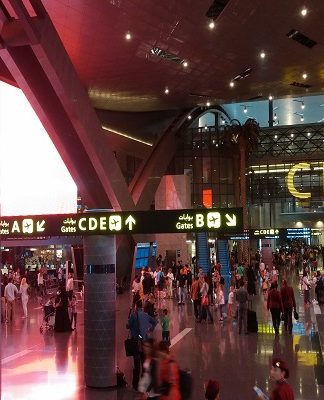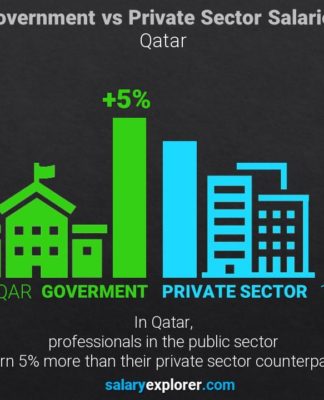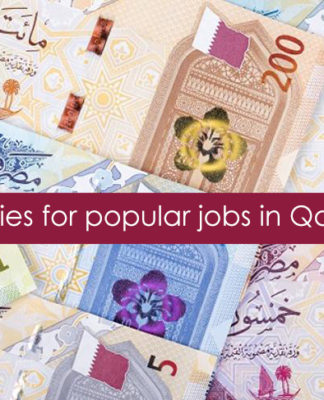The annual Qatar Traffic Report (QTR) 2016 has revealed that some suburban areas experienced traffic congestion due to development projects, including road works and fast urbanisation.
According to the report released by the Qatar Mobility Innovations Centre (QMIC), traffic congestion in the country had gone up initially in 2016, compared to 2015, although there has been a reduction in the second half of 2016 compared to the same period in 2015.
The highest congestion was reported at Wakrah due to rapid urbanisation in the whole area.
The Executive Director and CEO of QMIC, Dr Adnan Abu-Dayya, explained that Wakrah is one of the top congested places as per QMIC’s findings for 2016. This is due to the large scale road works in the area. Additionally, more people are moving into Wakrah, as reported by Gulf Times.
Moreover, the report has also identified spots with high congestion in the morning and evening hours, which are – Al Sadd Intersection-Olympic Roundabout, Jawaan Street; Mushaireb Interchange, B Ring Road; Onaiza Intersection-Lekhway Intersection, Al Markhiya Street; Umm Ghuwalina Intersection-Sharg Intersection, C-Ring Road and to Al Waab Intersection, Al Bustan Street during the morning peak hours.
Similarly, during the evening peak hours, the most congested areas turned out to be the Environment Roundabout Duhail Intersection, Al Khafji Street; to Television Roundabout, Ahmed Bin Ali Street; Al Sadd Intersection-Olympic Roundabout, Jawaan Street; to Al Waab Intersection, Al Bustan Street and Lejbailat Intersection-Television Roundabout, Al Jamiaa Street.
The congestion primary indicators used in the 2016 QTR are Masarak Congestion Index (MCI), Travel Time Index (TTI) and ExcessTravel Time Index (TTI).
As a matter of fact, MCI measures the overall congestion and ranges from 0 per cent to 100 per cent. MCI of 30 per cent means an average speed reduction of 30 per cent compared to the free flow speed.
Similarly, TTI measures the ratio of travel time as compared to the free-flow travel time during peak-hours on weekdays. TTI of 1.5 means an increase of the travel time by 50 per cent.
Whereas, ETT provides the average delay in minute per km driven that a driver would experience in the journey, reports Gulf Times.
According to QMIC, national entities like Ministry of Transport and Communications, Ministry of Interior, Ashghal, Ministry of Municipality and Environment, among others could be helped in a big way by the QTR in several projects related to traffic studies, urban planning, public transportation and parking planning and network performance monitoring.














